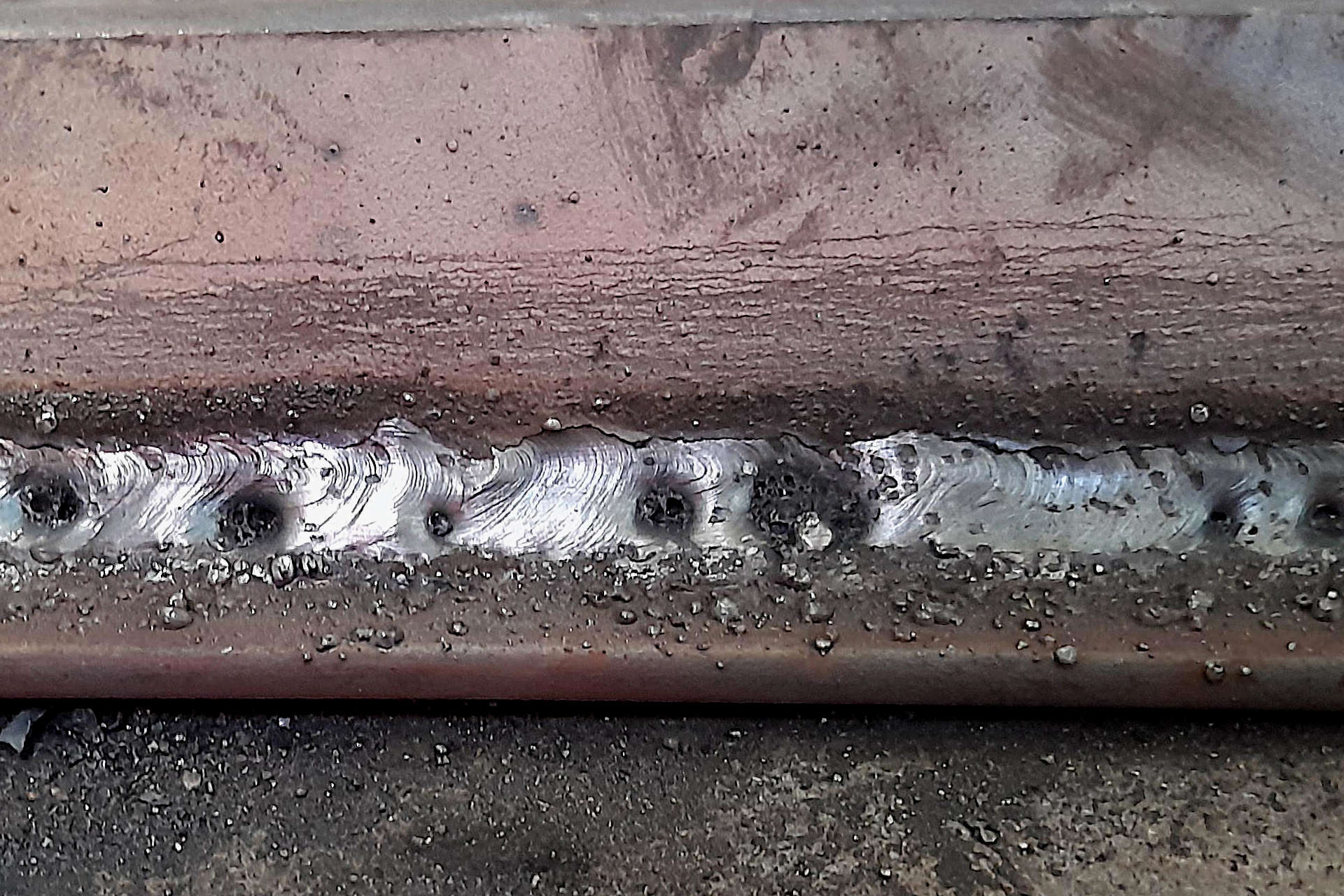Understanding the Causes and Solutions for Undercut Welding in Metal Fabrication Processes
In the realm of metal fabrication processes, the occurrence of undercut welding poses a significant challenge that demands a comprehensive understanding of its causes and viable solutions. The intricate interplay of various variables throughout welding procedures can cause this unfavorable phenomenon, impacting the structural honesty and total top quality of the bonded joints - Preventing weld undercut. By exploring the origin of undercut welding and exploring reliable therapeutic measures, makers can boost the requirement of their craftsmanship and ensure the manufacturing of remarkable metal components
Usual Root Causes Of Undercut Welding
Often ignored in steel manufacture, undercut welding occurs due to various elements that demand careful focus and expertise to be properly mitigated. Additionally, improper welding methods, such as utilizing the wrong welding angle or travel speed, can also contribute to undercut development. The selection of welding criteria, such as voltage, existing, and cord feed rate, plays a substantial function in the incident of undercut welding.
Effect of Incorrect Welding Parameters
Unreliable welding specifications can substantially jeopardize the honesty and top quality of bonded joints in metal construction processes. The impact of wrong welding criteria shows up in different methods, resulting in architectural weak points and issues in the bonded parts. One vital element impacted by improper welding specifications is the infiltration deepness of the weld. Not enough warm input because of low welding currents or exceedingly high traveling rates can lead to inadequate fusion between the base steels, leading to insufficient joint infiltration and deteriorated bonds. On the other hand, too much heat input triggered by high welding currents or slow traveling speeds can lead to burn-through and extreme support, producing a fragile and unpredictable weld framework. Additionally, wrong specifications such as inappropriate voltage settings or inaccurate electrode angles can contribute to irregular weld bead accounts, lack of blend, and boosted chances of flaws like undercutting. Meticulous interest to welding criteria is vital to guarantee the manufacturing of high-quality welds with the preferred mechanical buildings and structural stability.
Impact of Improper Lantern Angle
Inappropriate lantern angle in welding procedures can dramatically influence the top quality and honesty of the last weld joints in steel fabrication processes. The torch angle plays a vital duty in establishing the warmth input and circulation throughout welding. When the lantern angle is inaccurate, problems such as undercutting can develop. Damaging is a typical welding flaw where a groove creates along the weld toe, deteriorating the joint and endangering its structural stability.
A torch angle that is as well steep can cause inadequate infiltration, insufficient blend, and increased spatter. On the various other hand, a lantern angle that is too superficial can cause extreme penetration, burn-through, and distortion of the base product. Preventing weld undercut. Appropriate lantern angle is important for making certain consistent weld quality, stamina, and appearance
To stop damaging and other issues triggered by inappropriate lantern angles, welders need he has a good point to be educated to preserve the correct torch angle throughout the welding procedure. Normal monitoring and change of lantern angles throughout welding can aid accomplish sound welds with very little issues.
Duty of Inadequate Welding Strategies

One more aspect of insufficient welding strategies is improper weld prep work. Inadequate cleansing of the base steels, wrong joint design, or insufficient edge prep work can all add to damage welding. Inadequate protecting gas coverage or using the incorrect type of gas can result in incomplete combination and next page the development of undercut issues.
To address the function of poor welding techniques in steel fabrication processes, it is necessary to give comprehensive training for welders. Appropriate education on welding specifications, joint prep work, and securing gas choice can aid avoid undercut welding and guarantee high-grade welds in steel fabrication projects.
Efficient Solutions for Undercut Welding
Resolving undercut welding in steel fabrication needs executing reliable remedies to enhance weld high quality and architectural integrity. Among the key services to fight undercut is to adjust welding parameters such as voltage, current, and travel speed to make sure appropriate warmth input and fusion. By fine-tuning these setups, welders can protect against extreme melting of the base steel and filler material, reducing the chance of undercut development.
In addition, correct joint preparation is essential in preventing undercut. Making certain clean base steel surface areas devoid of pollutants and using the appropriate bevel angle can assist promote much better weld infiltration and lower the danger of undercut - Preventing weld undercut. Employing suitable welding methods, such as weaving or oscillating the lantern, can additionally aid in dispersing heat uniformly and filling up the weld joint adequately, minimizing the opportunity of undercut problems
In addition, choosing the appropriate welding consumables, including electrodes and filler steels, is important in mitigating undercut. Utilizing materials with proper chemical structures and mechanical homes can add to accomplishing sound welds with minimal undercut. Routine assessment and quality assurance steps should also be executed to spot and address undercut problems without delay, making sure the overall integrity of made metal components.

Conclusion
In conclusion, understanding the causes and solutions for undercut welding in steel manufacture processes is vital for achieving high-quality welds. By attending to usual causes such as incorrect welding specifications, incorrect Get More Information torch angle, and inadequate welding techniques, welders can avoid undercutting and ensure solid, resilient welds. It is necessary to pay focus to these aspects and execute effective remedies to improve the total welding process and end product top quality.
